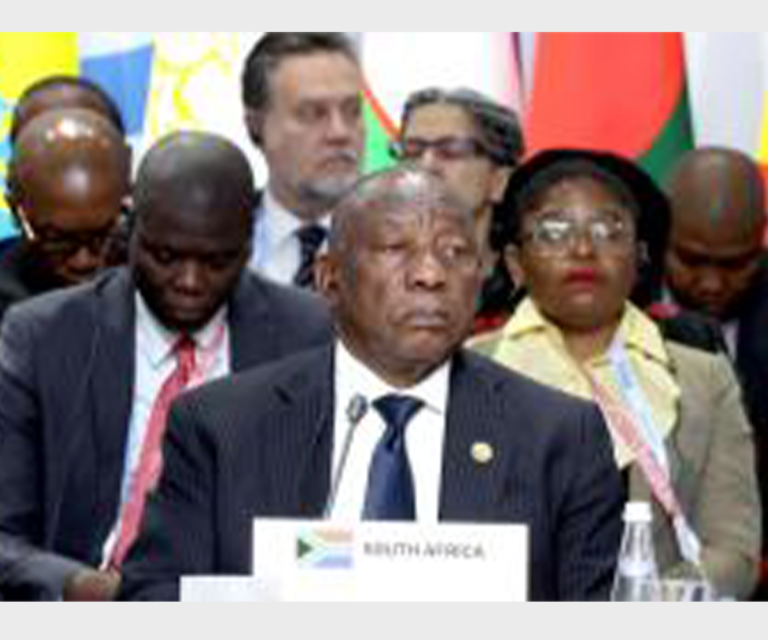The BRICS bloc, consisting of Brazil, Russia, India, China, and South Africa, has become a significant force in the global economy. With the recent addition of new members like Egypt, Ethiopia, Iran, and the UAE, BRICS is set to expand its influence even further. It’s impressive to think that this group now accounts for 35% of global GDP and 20% of world exports. As someone who’s been following international affairs, I find it fascinating to see how BRICS has grown from a simple acronym to a powerful economic alliance.
South Africa’s Role at the BRICS Summit
South Africa, represented by President Cyril Ramaphosa, played a crucial role in this year’s BRICS Summit. It’s heartening to see how South Africa has stepped up its leadership within the bloc. Ramaphosa’s country statement highlighted South Africa’s commitment to fostering cooperation among member nations. I remember watching his speech and feeling inspired by his vision for a more inclusive global economy.
BRICS/Plus Engagements: Forging Deeper Global South Ties
The BRICS Outreach and BRICS Plus platforms are fantastic initiatives aimed at strengthening ties among Global South countries and emerging markets. Ramaphosa’s call to use these platforms for social, economic, and cultural development really resonated with me. It’s about time we had more forums that prioritize the needs of developing nations.
Russia’s Initiatives and Their Impact on BRICS Nations
Russia proposed some interesting initiatives at the summit, particularly focusing on improving transport networks and digital connectivity. Ramaphosa’s support for the theme of “Innovation and Digitalization of Transport” aligns perfectly with BRICS development goals. As someone who’s experienced the frustrations of poor connectivity, I can’t stress enough how important these initiatives are for everyday people in BRICS nations.
International North-South Transport Corridor
The International North-South Transport Corridor, connecting Russia’s St. Petersburg to India’s Mumbai, is an exciting project. This new trade route could reshape how goods move between Europe and Asia. I can’t help but imagine how this might change the global trade landscape and create new opportunities for businesses along the route.
Africa’s Role in Global Trade: African Continental Free Trade Area (AfCFTA)
Ramaphosa’s discussion of the AfCFTA was a highlight for me. This agreement has the potential to transform trade within Africa. As an African, I’m excited about the possibilities it opens up for local businesses and how it might attract global investors to our continent.
BRICS as a Catalyst for Global Growth
BRICS is positioning itself as a major driver of global economic growth. Their focus on strengthening infrastructure, transport, and connectivity is crucial. Ramaphosa’s call for BRICS countries and their allies to work together in leveraging these opportunities makes a lot of sense. After all, collaboration is key in today’s interconnected world.
Future Prospects for BRICS and the Global South
Looking ahead, the initiatives and partnerships formed within BRICS could have far-reaching impacts on the Global South. The emphasis on collaboration within BRICS is shaping a more interconnected and balanced global economy. As we move forward, it’s exciting to think about how these developments might improve lives and create opportunities across the developing world.

